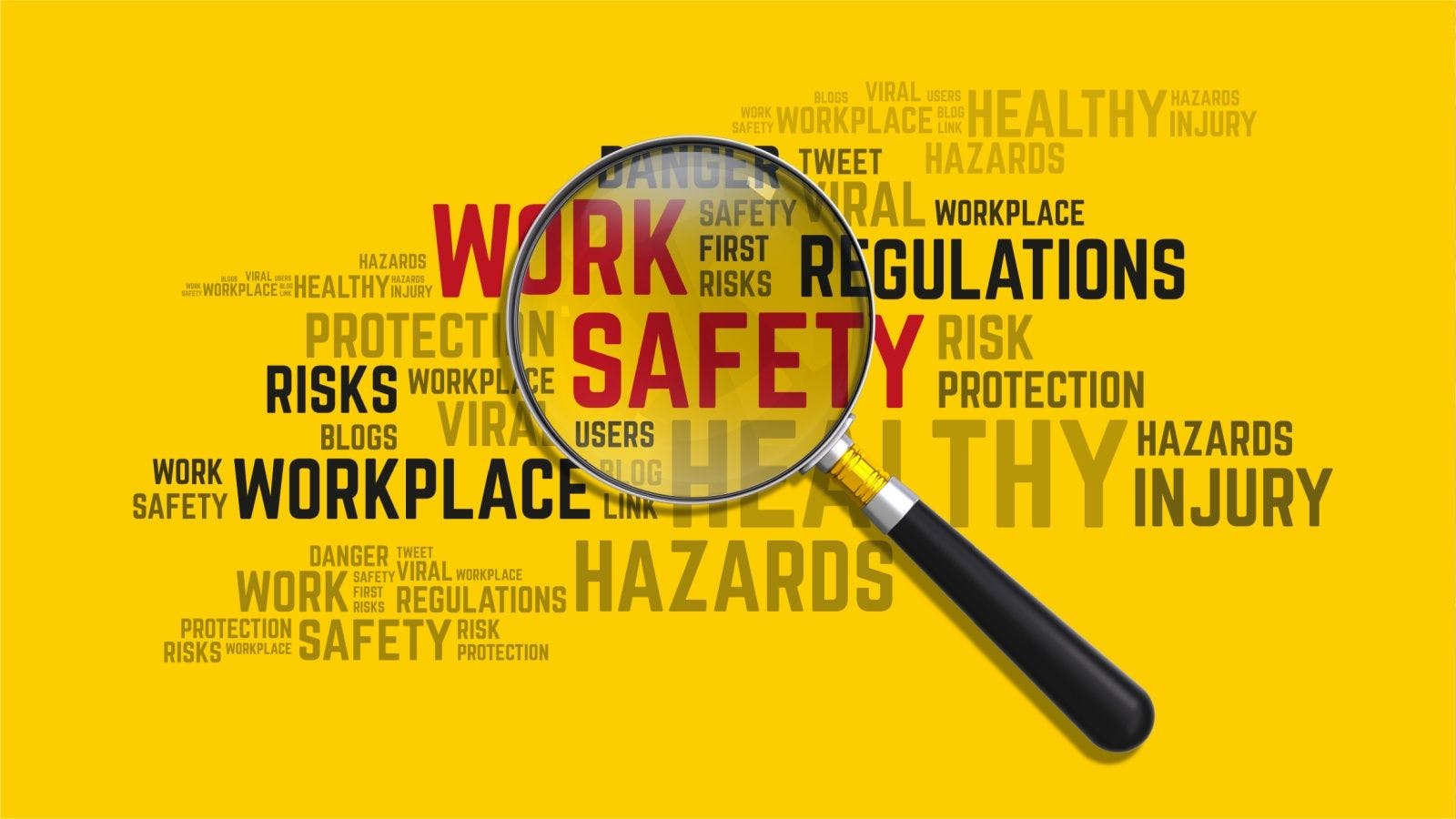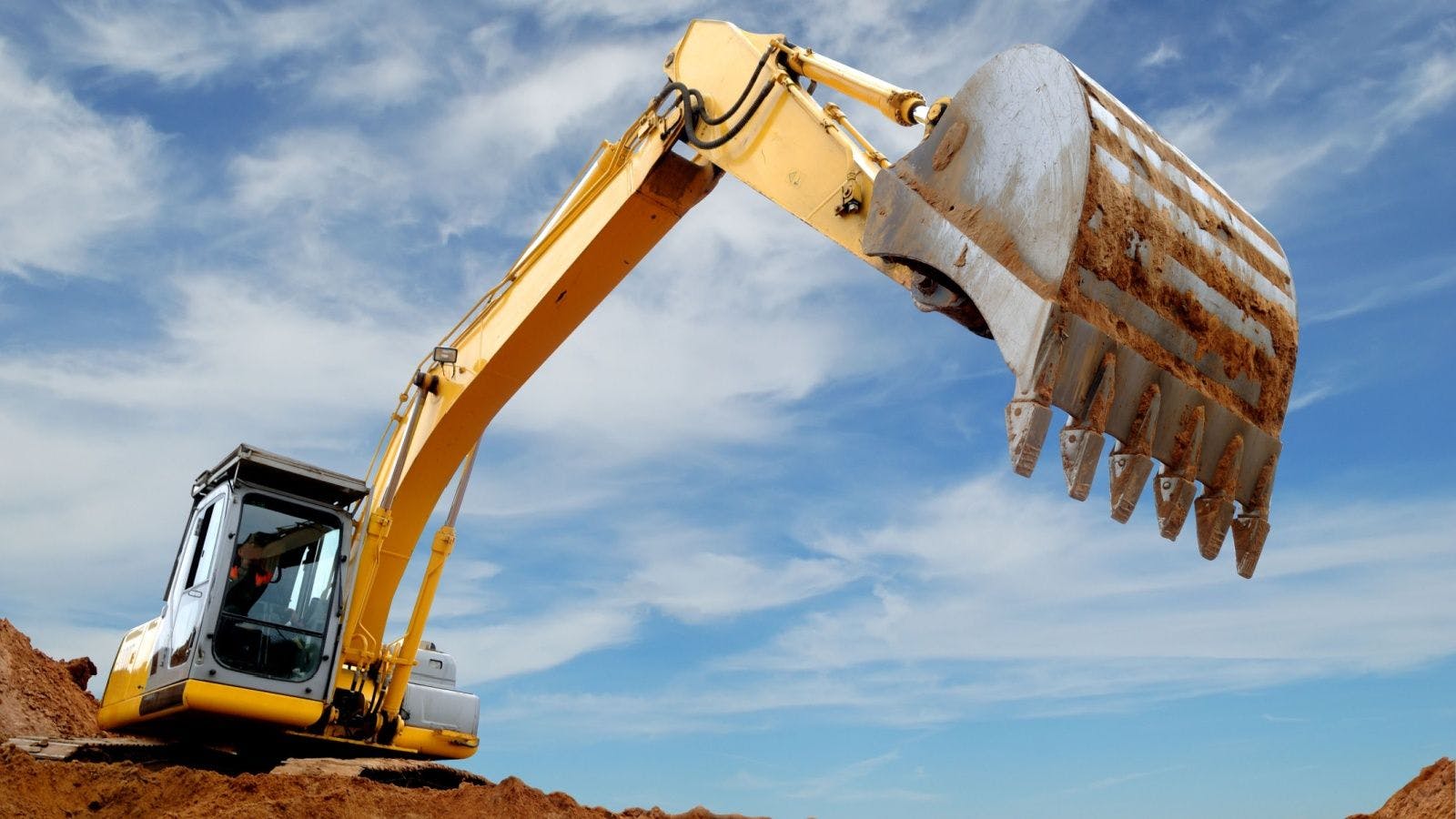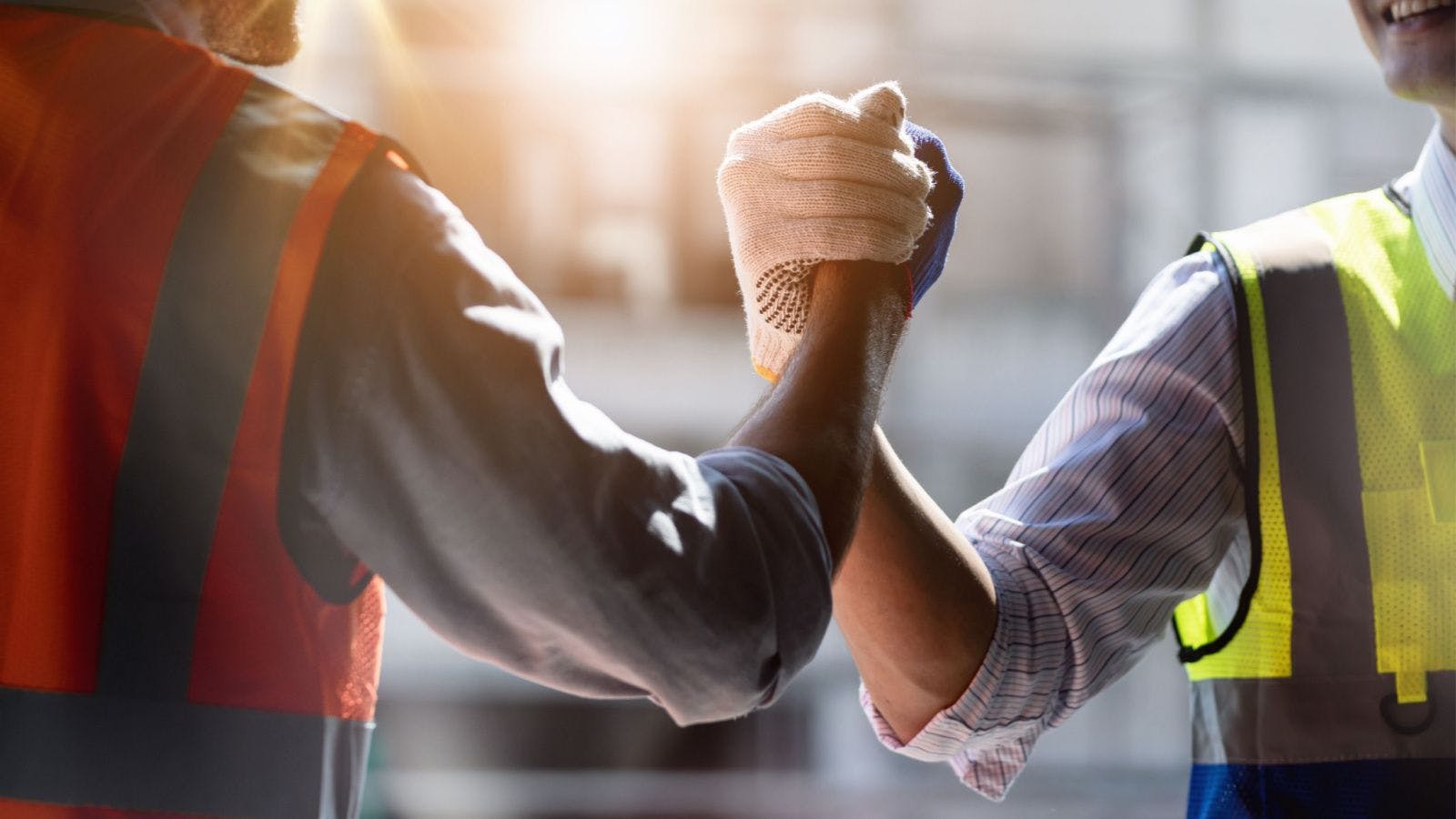
Navigating the Perfect Storm: Combating a Projected Spike in COVID-19 Cases During Flu Season
While COVID-19 related information and recommendations are continually evolving, many experts have warned that the United States will likely experience a surge of COVID-19 cases in the fall. This projected surge will likely coincide with the beginning of flu season—creating a perfect storm for the public and employers alike.
Flu season typically arrives in October or November and can last into May. According to Centers for Disease Control and Prevention (CDC) estimates, during the 2018-2019 flu season 35.5 million people were sick with the flu, 16.5 million people went to a medical provider, and the flu caused 34,200 deaths. Many experts estimated that flu cost employers $17 billion in productivity for the 2018-2019 flu season. On top of those bleak numbers, the Integrated Benefits Institute estimated in April 2020 that COVID-19 could cost employers more than $23 billion in lost productivity and employee benefits.
Construction employers should take steps now to try to lessen the risk of their employees contracting the seasonal flu and COVID-19 this fall and winter. The steps set forth below will not only assist construction-industry employers with complying with federal, state and local regulations and guidelines, but will also aid construction employers in safely maintaining a workforce to complete projects during these challenging times.
Encourage Employee Vaccinations
While there is currently no vaccine for COVID-19, construction employers should encourage their employees to get a flu shot. A study performed by the National Institute for Occupational Safety and Health and the National Center for Immunization and Respiratory Diseases revealed that construction-industry employees were some of the least likely people to get a flu shot with around 19% of polled participants reporting vaccination. While there is not yet a COVID-19 vaccine, a flu shot is a simple way to lower employee risk for the flu and to protect the employee’s co-workers and their family members during the upcoming flu season. Construction employers may wish to promote voluntary vaccination by:
- offering to provide an on-site clinician to perform vaccinations to interested employees (some employers may choose to pay for the service and the vaccines to promote participation);
- creating human resources and leave policies allowing employees to take an hour or two of paid time off to get a flu vaccine from a personal physician or out in the community;
- posting articles or literature about the importance and efficacy of the flu vaccine in the work area and break rooms to educate employees, and/or on social media; and
- encouraging foreman, leads and other managerial personnel set an example by getting vaccinated first.
Follow COVID-Related Regulations and Guidelines
Employers should also continue to follow and enforce the ever-changing COVID-related regulations and guidelines published by the Occupational Safety and Health Administration, the CDC and applicable state and local health authorities. Such regulations and guidelines are generally designed to prevent the spread of infectious, respiratory diseases, so these practices should also provide protection against the seasonal flu. Best practices will, at a minimum, likely include:
- requiring employees to wear face coverings in the workplace and where social distancing is not feasible;
- providing additional water, soap and hand sanitizers so that employees can regularly wash and sanitize their hands;
- providing cleaning agents to clean workspaces, shared equipment and tools, and shared vehicle and equipment passenger cabs;
- requiring employees to social distance on jobsites where possible;
- having employees conduct daily health assessments for COVID-19 and flu-like symptoms, and potentially taking employee temperatures upon arrival to work or a jobsite;
- screening subcontractors and vendors that will be on-site;
- having policies in place to handle confirmed COVID-19 cases, including informing potential employees who may have been exposed or worked in close proximity to the infected individual; and
- considering letting any office and administrative personnel work remotely so as to prevent unnecessary exposure in an office-type setting. Where this is not feasible, consider constructing physical barriers and shields to prevent spread of the flu and COVID-19.
Construction employers should also review and consider OSHA’s industry-specific guidance for construction employers. While the guidance is not a binding standard, OSHA may use such guidance as a basis for citing employers under the general duty clause of the OSH Act if they fail to provide a safe and healthy working environment for their employees.
The guidance includes suggested practices for assessing workplace risk for COVID-19 exposure, for implementing engineering and administrative controls to limit exposure (i.e. tarping off certain areas to create physical barriers and creating practices and policies to promote social distancing on-site), and for training employees on best practices and the use of Personal Protective Equipment and cloth-type face coverings. The OSHA guidance clarifies that while cloth-type face coverings are not PPE for purposes of the PPE standard, employers should still ensure that employees are able to select appropriately fitting, breathable masks and not use masks that are soiled or saturated with sweat or water. Employers will also need to consider potential heat-stress implications of wearing face coverings.
Plan and Prepare for Employees to Take Sick Leave
To prevent the spread of COVID-19, construction employers will need to ensure that potentially-infected and infected employees stay home from work. Moreover, employers will want to adhere to CDC guidelines for COVID-positive employees to return to work after cleared by a physician. Depending on the nature and geographic expanse of an employer’s operations, it may be necessary to quarantine certain employees after work travel for a specified period of time.
Given these considerations, construction employers who have not already done so will need to consider revisions to their leave policies. Such policies need to provide flexible leave to account for COVID-19 illness and suspected illness, as well as the seasonal flu which may mimic some of the signs and symptoms of COVID-19. In crafting these policies, construction employers must take into account regular and emergency Family and Medical Leave Act considerations as well as Americans with Disabilities Act accommodation considerations that may arise when employees need to miss work or accrue excessive absences as a result of their own personal illness, or the illness of a family member. Consulting with a seasoned human resources professional and/or trusted legal counsel is recommended given the ever-changing landscape related to employee sick leave during the COVID-19 pandemic.
The fall and winter months may bring additional challenges with concerns related to the spread of COVID-19 and the seasonal flu. With the consideration of the issues raised herein, and with the crafting of key policies and procedures, construction employers can place themselves on the best footing to navigate this perfect storm and to keep their employees safe while completing work.
Curtis Moore practices in the Charlotte office of national labor and employment law firm Fisher Phillips. He devotes a substantial part of his practice to construction matters and represents construction industry employers before the Occupational Safety and Health Review Commission, federal and state courts, and other administrative agencies across the country.
Related stories








